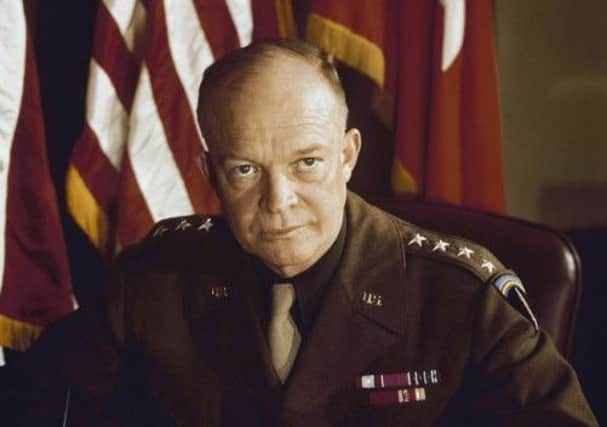MI6 devised D Day hit list of key figures to kill


Files released by the National Archives show that the targets included senior Gestapo officers in France as well as logistics experts considered vital to the movements of the German troops who would confront the Allied invasion force.
The list was prepared at the request of officers in the headquarters of American General Dwight Eisenhower, the Allied commander in charge of the Operation Overlord landings on the Normandy beaches.
Advertisement
Hide AdAdvertisement
Hide AdBut the plan was dropped less than a month before D-Day amid concerns about its legality and fears that it would lead to reprisals against Allied prisoners of war held by the Germans.
It began with a memorandum dated 15 April, 1944 from Charles Peake, a British political officer in Eisenhower’s HQ, with the eye-catching heading “Assassination priorities for Overlord”.
Peake suggested that they could include key German commanders responsible for the defence of France, such as Field Marshals Erwin Rommel and Gerd von Rundstedt, as well as members of the Vichy puppet regime.
“The chief of staff has asked me to look at this, and to advise him about suitable candidates to who attention might be paid, prior to, on and after ‘D’ Day,” he wrote.
Peter Loxley, a senior Foreign Office official, warned over the assassination of German officers.
“All sorts of large issues, such as our policy in regard to war criminals, at once arise,” he wrote.
On 6 May, a month before D-Day, Peake and his colleagues came up with an alternative proposal that resistance groups could be given the names of “certain Germans in key positions in France whose removal before D Day, or while Overlord is in progress, might be a blow to the German effort”.
But MI6 Chief Stewart Menzies – known in Whitehall simply as “C” – made no secret of his distaste for the idea.
The plan was effectively quashed two days later by Victor Cavendish-Bentinck, the chairman of the joint intelligence committee.